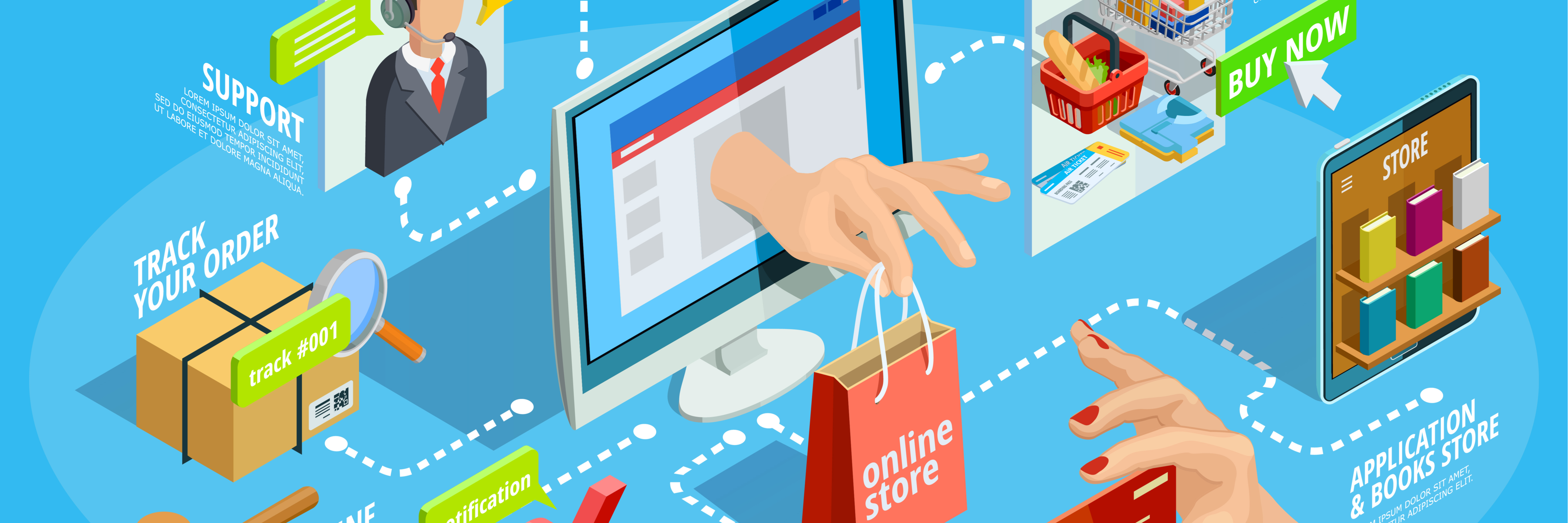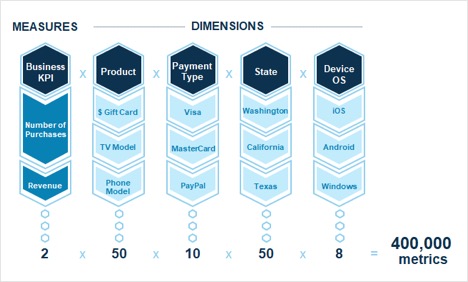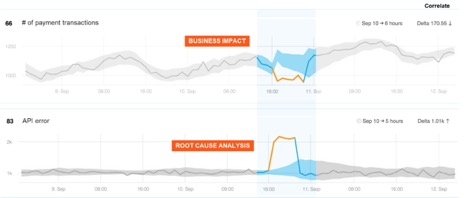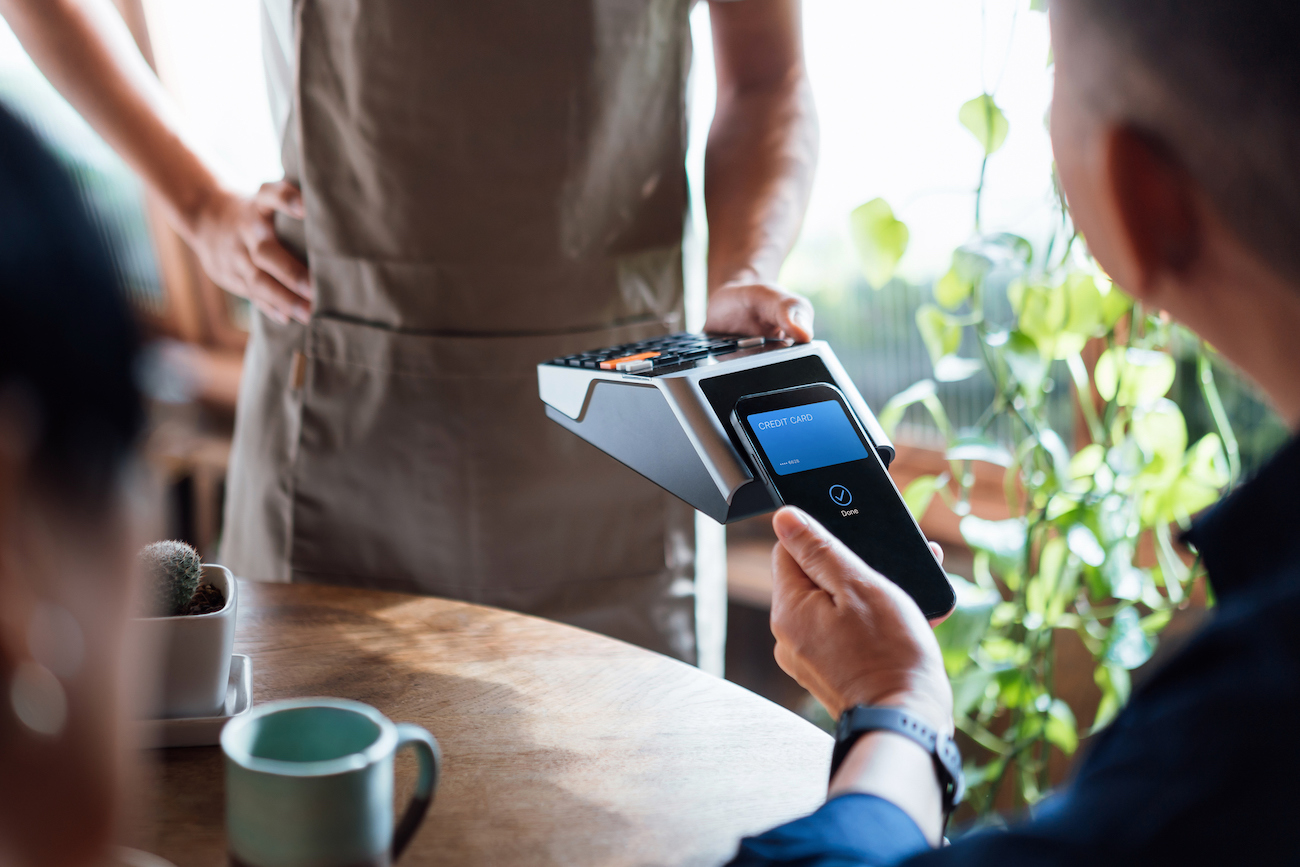Another holiday season will soon be upon us, and many retailers and eCommerce businesses are already making plans. As you take inventory of what you learned last holiday season, let’s start with some lessons learned by the entire retail industry this time last year. In addition to stocking up on hot items and planning your promotions, the most competitive sites found that using AI/ML to optimize customer experience not only kept customers happy, it dramatically increased their revenues. Here are three promises that you should make this holiday season.
1. A customer experience that will keep ‘em coming back
What does it mean to provide the best customer experience and how do you know if you are? There are many aspects to creating a great customer experience. Here are some approaches you should consider.
- Americans spend 64% of their shopping budget in-store, and 36% online.
- 58% of the Top 1000 US online retailers send welcome emails.
- More than three-quarters of online shoppers would like their orders shipped the same day.
(Disruptive Advertising May 2018)
Tracking in-store experience is just as important as tracking online experiences. Over 86% of consumers will use more than one channel to make a purchase. Customers want a seamless experience across channels. Whether it’s buying online and return in-store or research online and buy in-store, retailers need to be flexible and comprehensive in offering the same great experience across all channels, online, in-store, mobile, tablet, kiosks, etc. The number of metrics you would need to monitor quickly adds up.
Monitoring 400k metrics would be impossible with dashboards.
Is email a big communication vehicle to communicate with your customers? Do you have many email templates for different needs? — Welcome email, “Thank you for your order” email confirmation, “You have items in your shopping cart” email reminders, etc. We work with one retail business that has over 400 email templates and sends over 21M emails a month to many different OS and devices. Using Anodot, they were able to detect an error in their email system which caused some email templates to drop. Analysts were able to fix this problem before their customers’ experience was harmed and their business revenue impacted.
Fast product deliveries are especially critical over the holidays. Orders for same day deliveries from all your online channels should be monitored to make sure no delays in the shopping experience and delivery chain are causing your customers to cancel their orders and shop elsewhere.
In addition, actively monitoring metrics like product ratings, cart abandonment, etc. gives you valuable insights into what type of experience your customers are having.
2. An eCommerce site that’s easy to navigate
In the same way that brick-and-mortar stores need to ensure that their products are displayed in a clear, convenient, and attractive manner, Ecommerce websites need to be easy to navigate.
- 38% of people will leave a website if they find the layout unattractive.
- 74% of online shoppers rate product selection as important during the online search process.
- 88% of shoppers characterize detailed product content as being extremely important to their purchasing decisions.
(Disruptive Advertising May 2018)
During the holidays, the increased frequency of introducing new items, services, promotions and retiring the old ones mean frequent and rapid updates to your online UI and mobile app. Monitoring the number interactions across your site when you introduce new features will give you the assurance that all is working as it should be and that your customers are finding what they need.
Monitoring the number of transactions and correlating it with all the other metrics will tell you if the number of purchases went down, what else was also impacted to help find and fix the problem.
3. Guarantee a glitch-free mobile experience
While you should always strive to deliver a glitch-free experience across all your channels, pay special attention to mobile due to its growing conversion rate and revenue growth.
- Mobile commerce hit $700 billion in revenue in 2017, which is more than 300% growth over the past four years
- Last (2017) Cyber Monday saw its first $2B day, or about a third of the money spent online, and Smartphone conversion rates went up by 10% (visit to revenue).
- According to Nielson, 50% of redeemed mobile coupons are captured directly from a retailer’s site by the consumer.
(Disruptive Advertising May 2018)
If you don’t have a mobile app, be sure your site is mobile friendly –use code specifically for mobile to make sure everything renders properly. Monitor all the metrics for your mobile app to ensure peak performance, and make sure mobile updates and new feature releases for all the devices and OS are error free.
One of our eCommerce retailer had an API error that caused payment failures on both their website and mobile app orders.
Anodot, in the background continuously analyzing and correlating across the anomalies, was able to catch this in real-time and helped the retailer find the root cause (and fix the API error). Payment transactions were flowing again in a few hours.
The holiday season is the busiest and most important sales season for eCommerce/retailers. Anodot Autonomous eCommerce Analytics, powered by patented machine learning models, analyzes all data to detect and correlate anomalies in real-time to help you find and fix potential issues before they spread. Let Anodot help you keep your promises to your customers this holiday season and achieve your revenue targets with certainty.
- Reach out to our consultants for a demo today.
- See how Pandora uses AI analytics to deliver a seamless listening experience for 25M daily users.
- Read a case study: How Lyft uses Anodot to mitigate business risk in real time.









